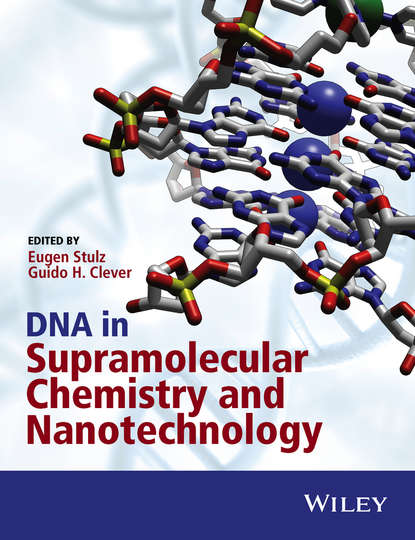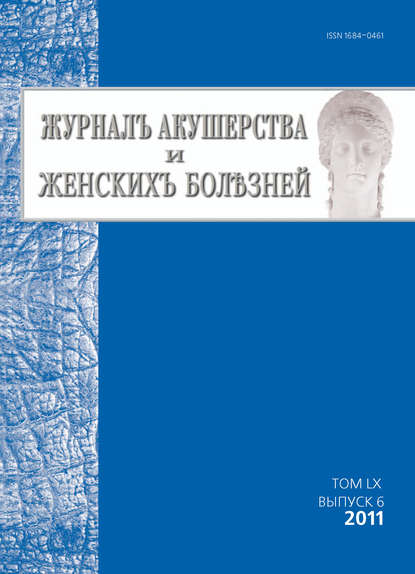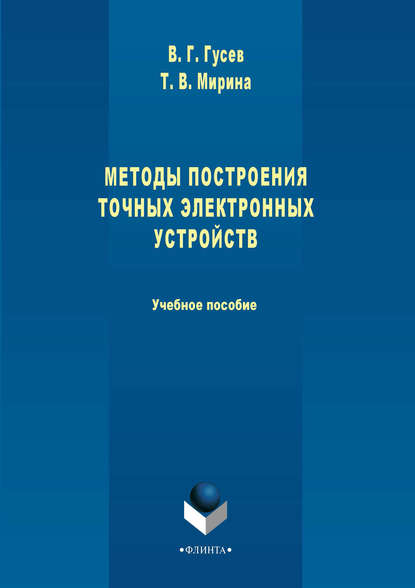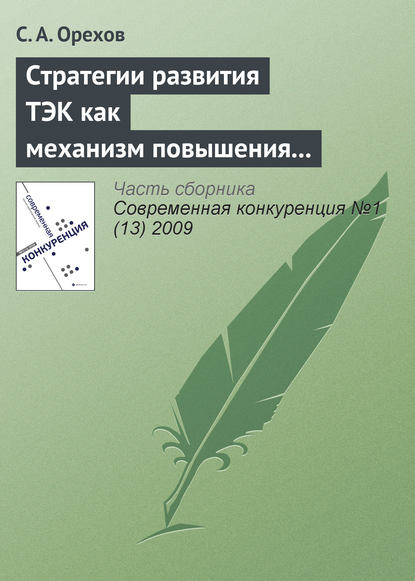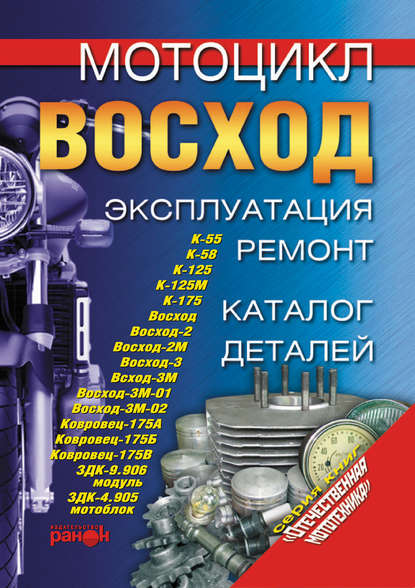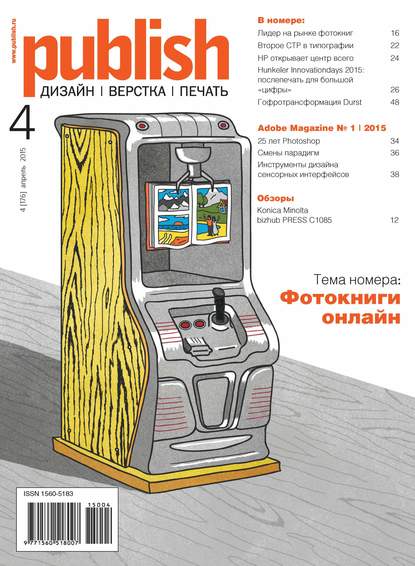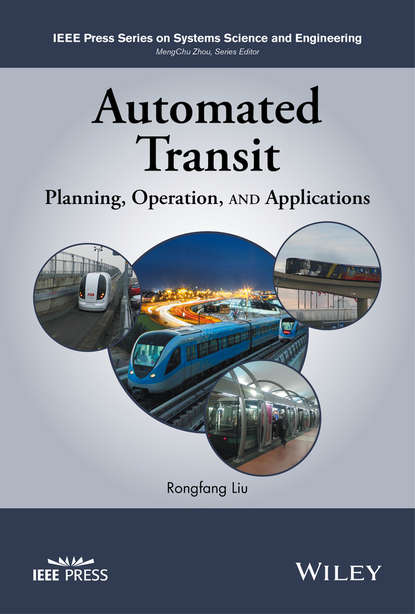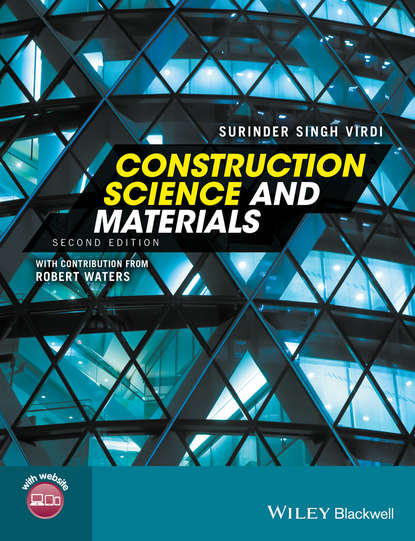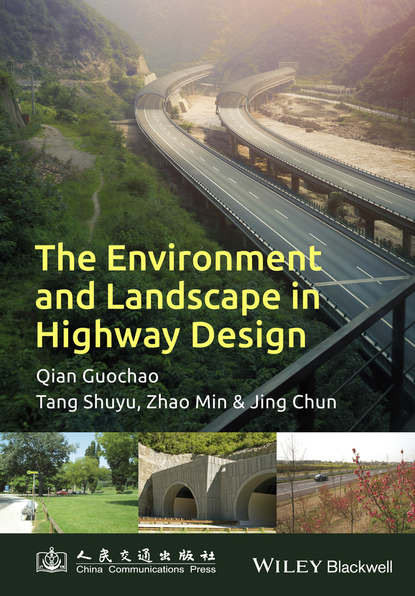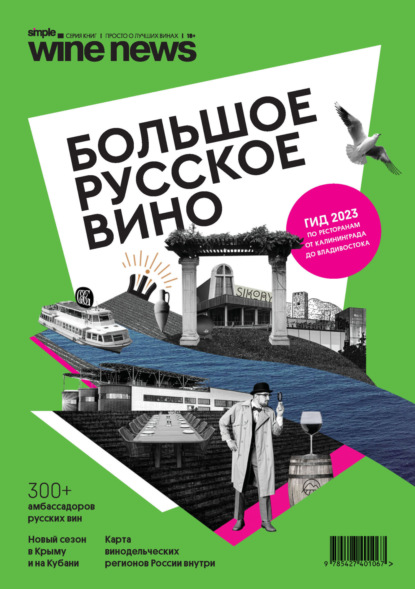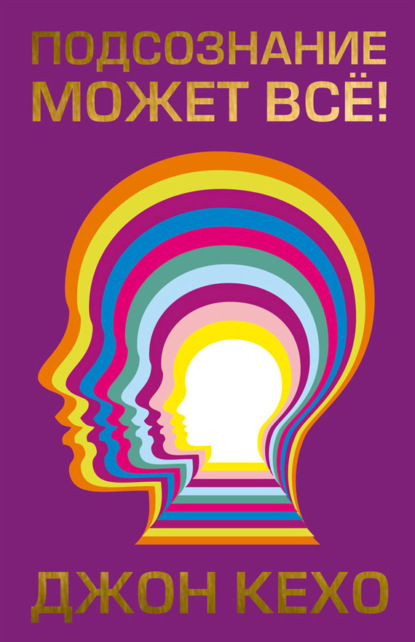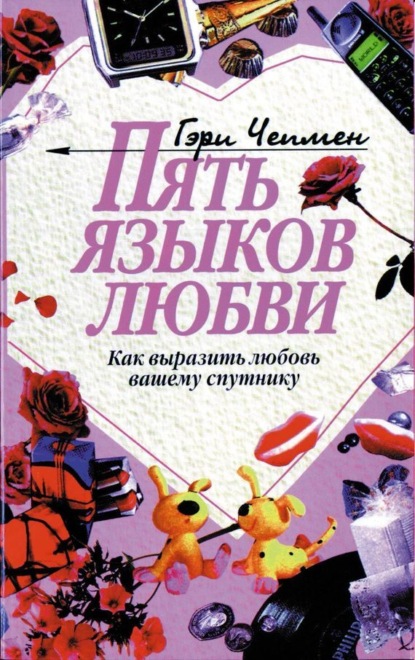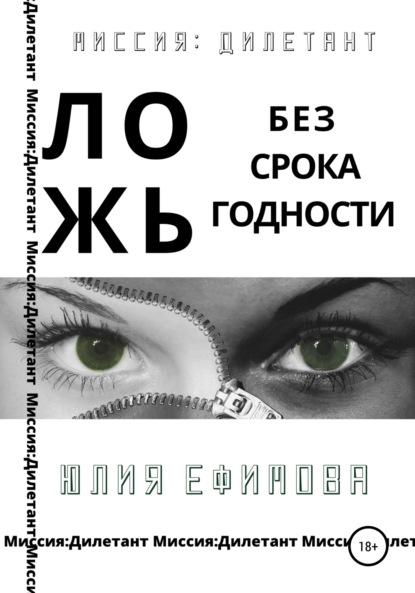Книга "DNA в супрамолекулярной химии и нанотехнологии" охватывает новую тему - нанотехнологию ДНК и супрамолекулярную химию ДНК в более широком смысле. Взяв ДНК из ее биологической роли, эта биомолекула стала очень универсальным строительным блоком в химии материалов, супрамолекулярной химии и био-нанотехнологии. За последнее десятилетие было реализовано множество новых структур, которые сейчас используются для создания молекулярных машин, систем доставки лекарств, платформ для диагностики или потенциальных электронных устройств. Книга объединяет многие аспекты нанотехнологии ДНК, включая создание функциональных структур на основе ковалентных и нековалентных систем, ДНК оригами, ДНК-основанные переключатели, ДНК-машинки, альтернативные структуры и шаблоны. Это широкое покрытие очень привлекательно, поскольку оно сочетает как синтез модифицированной ДНК, так и концепции дизайна для успешного планирования и создания ДНК-наноструктур. Вкладывающие авторы предоставили сначала общее введение для неспециалиста, а затем более глубокий анализ и представление своей темы. Таким образом, книга привлекательна и полезна как для неспециалиста, который хотел бы получить обзор темы, так и для специалиста, который требует более подробной информации и вдохновения для своих собственных исследований.
This book covers an emerging topic in supramolecular and nanotechnological chemistry, the field of DNA nanoscience. By shifting the focus of this vital biomolecule away from its original role within living cells, researchers worldwide have started to harness the spectacular properties of DNA as a construction kit, unleashing a world of new structures, possibilities, and fundamental scientific questions. Technologies that depend upon the DNA molecule have drastically expanded in recent years, ranging from the creation of artful nanoformations to the discovery of ways to control DNA's behavior for applications such as targeted drug delivery and genetic diagnostics. More than merely providing a glimpse into the cutting-edge investigation of these technologies, this book truly surveys them--and does so broadly and attractively, bringing together the core elements of traditional DNA analysis, largely synthetic modification, and introducing conceptual innovations revolutionizing nanotechnologies. Gold miners without pickaxes or shovels could gain the same advantage in mines without readily available mechanical equipment simply by knowing how shapes of different rocks concentrate gold. DNA nanoscale research, similarly, provides researchers with a command for the assembly, disassembly, and rearrangement of shapes and particles usually toward interesting, new discoveries.
Электронная Книга «DNA in Supramolecular Chemistry and Nanotechnology» написана автором Группа авторов в году.
Минимальный возраст читателя: 0
Язык: Английский
ISBN: 9781118696941
Описание книги от Группа авторов
This book covers the emerging topic of DNA nanotechnology and DNA supramolecular chemistry in its broader sense. By taking DNA out of its biological role, this biomolecule has become a very versatile building block in materials chemistry, supramolecular chemistry and bio-nanotechnology. Many novel structures have been realized in the past decade, which are now being used to create molecular machines, drug delivery systems, diagnosis platforms or potential electronic devices. The book combines many aspects of DNA nanotechnology, including formation of functional structures based on covalent and non-covalent systems, DNA origami, DNA based switches, DNA machines, and alternative structures and templates. This broad coverage is very appealing since it combines both the synthesis of modified DNA as well as designer concepts to successfully plan and make DNA nanostructures. Contributing authors have provided first a general introduction for the non-specialist reader, followed by a more in-depth analysis and presentation of their topic. In this way the book is attractive and useful for both the non-specialist who would like to have an overview of the topic, as well as the specialist reader who requires more information and inspiration to foster their own research.
